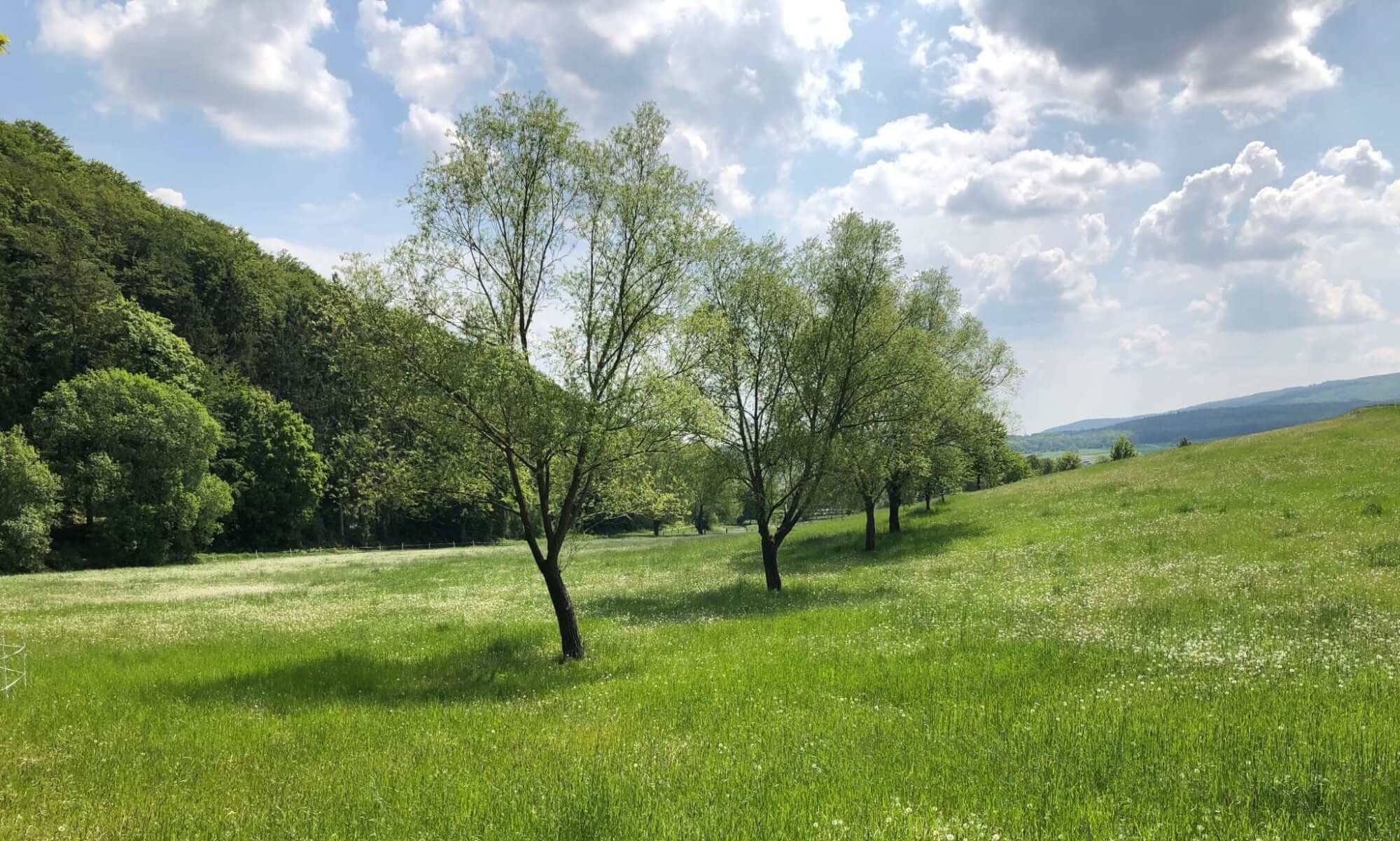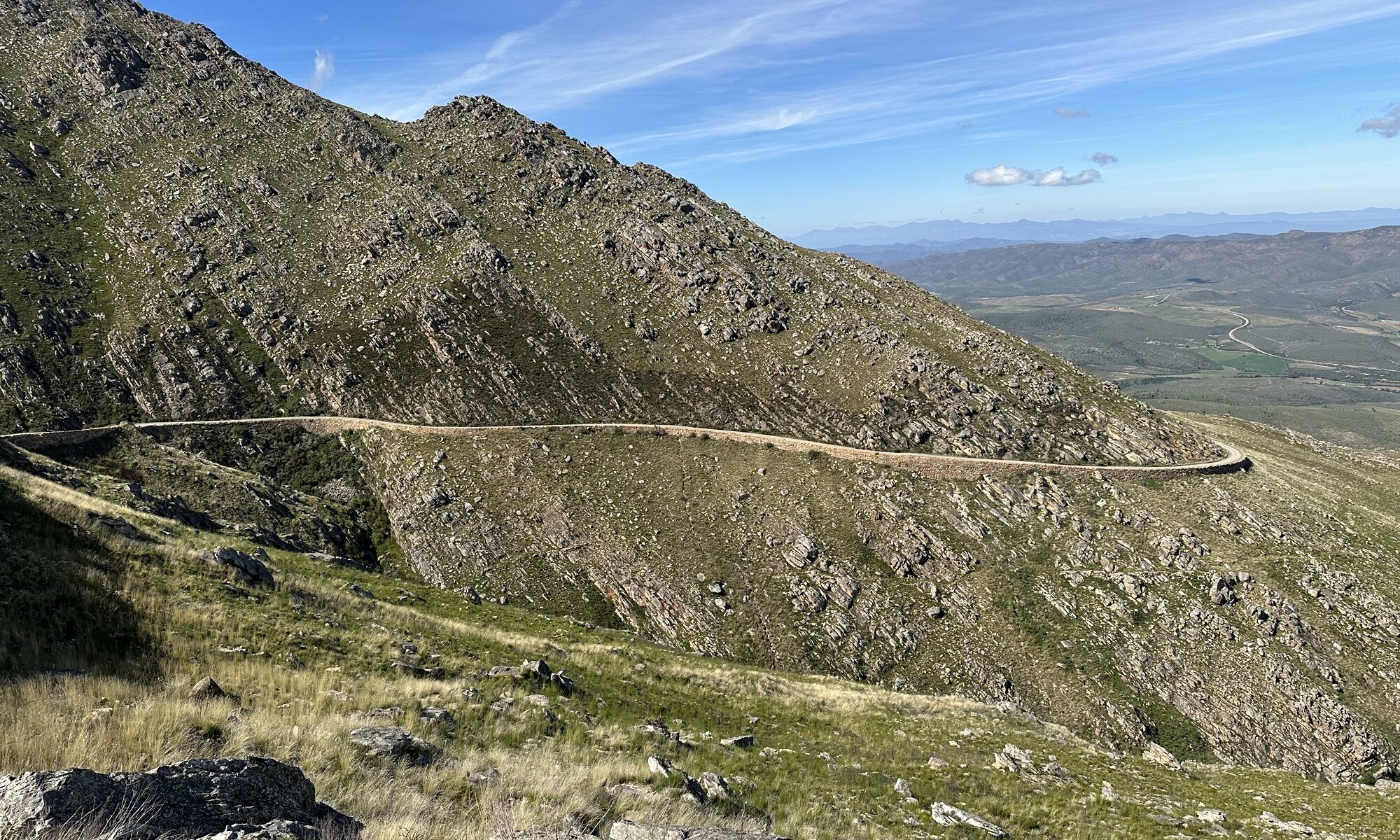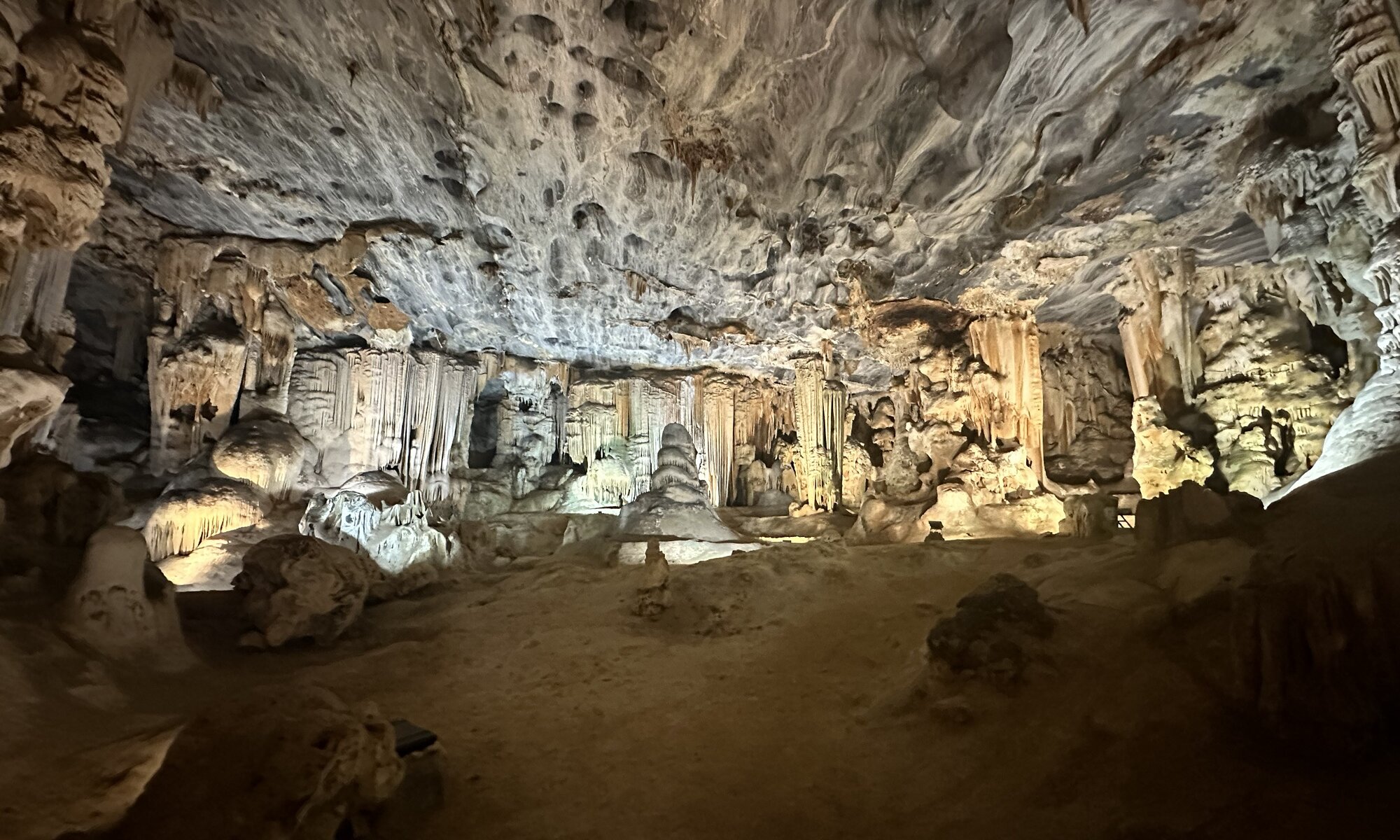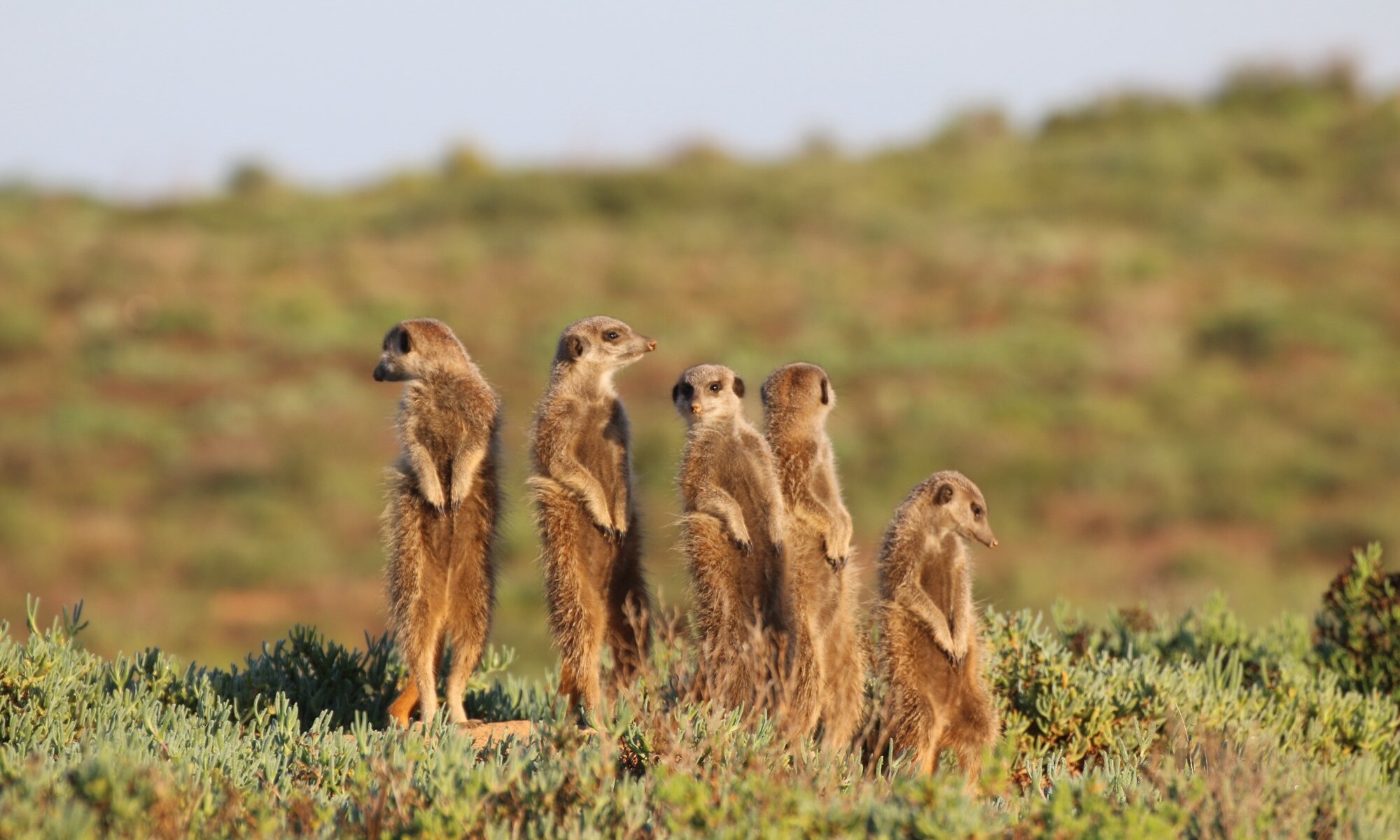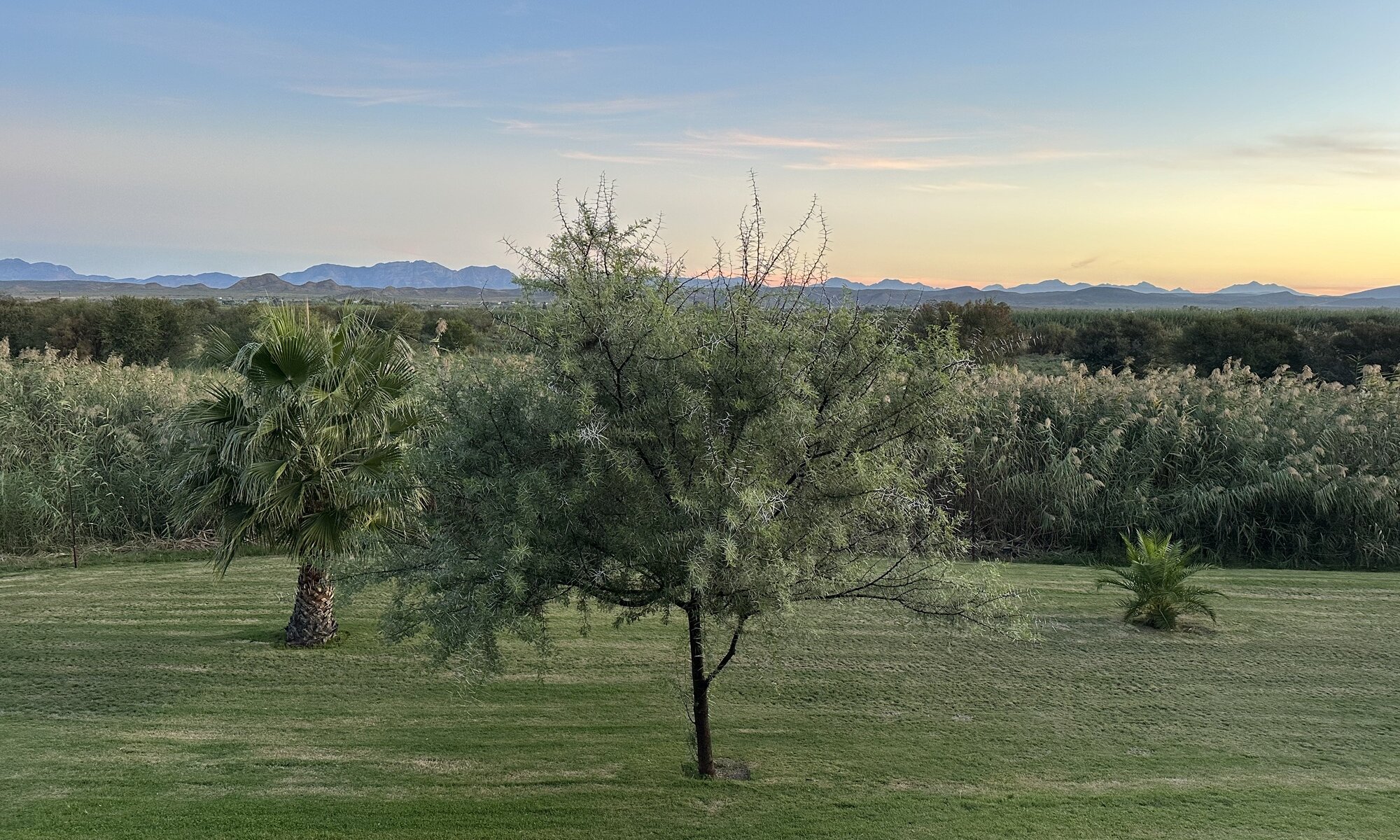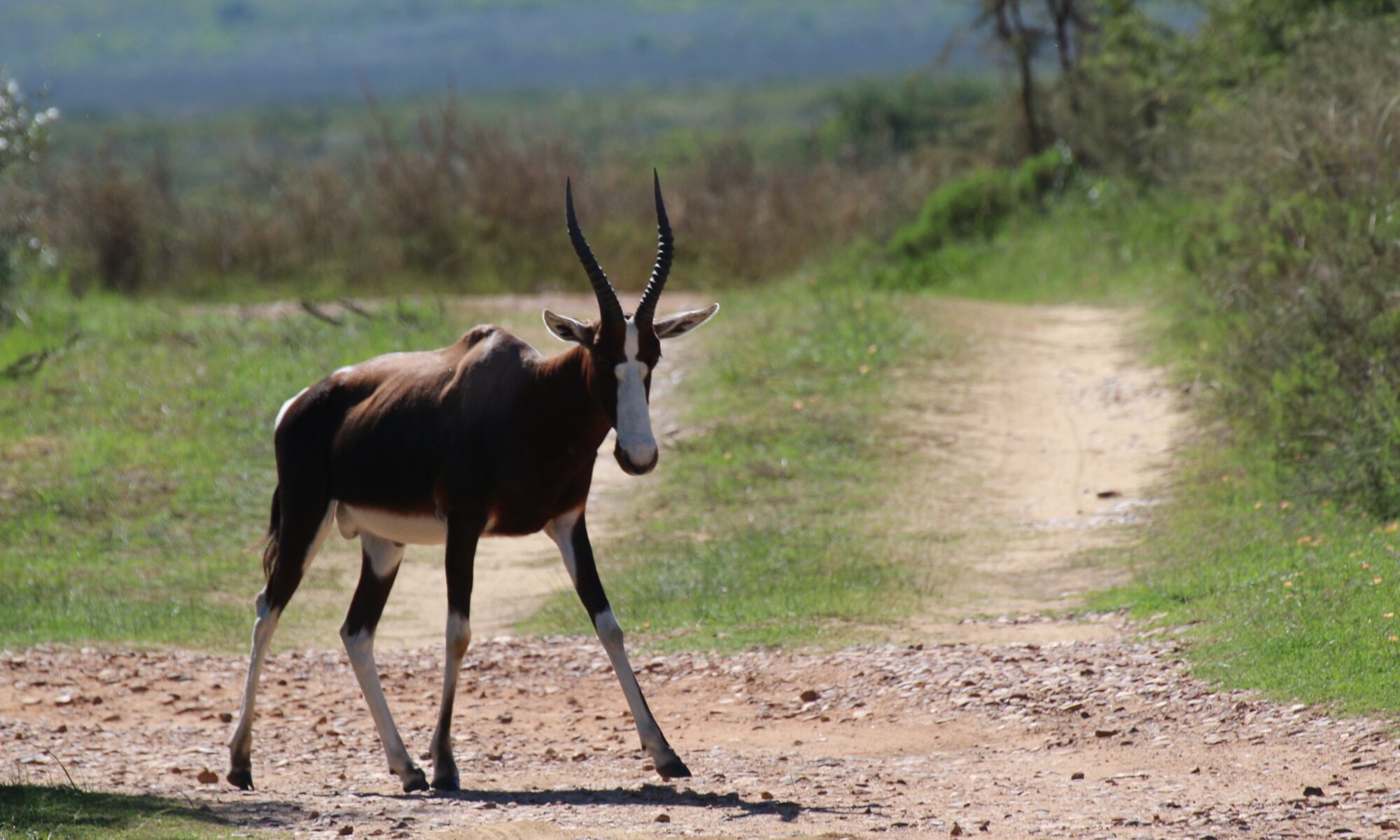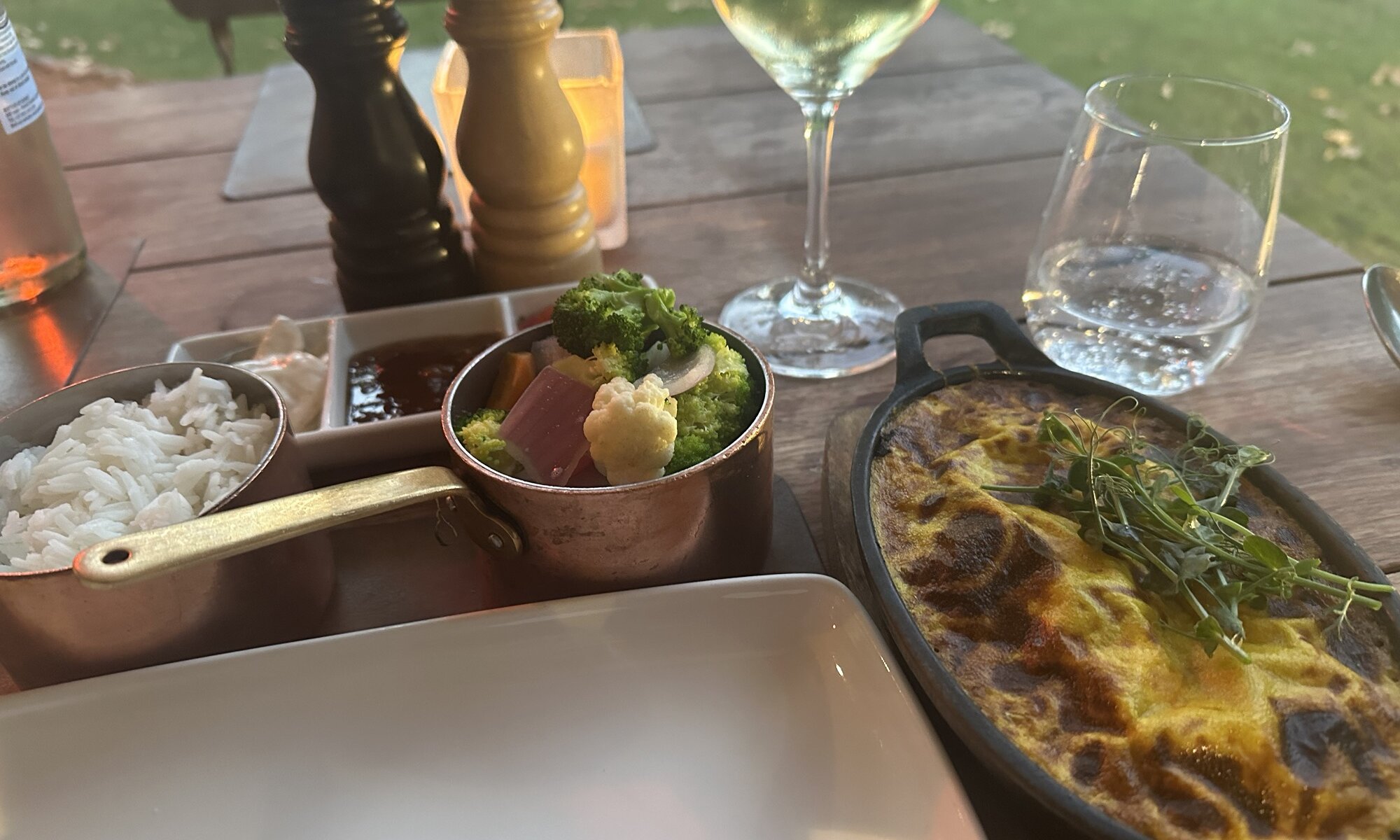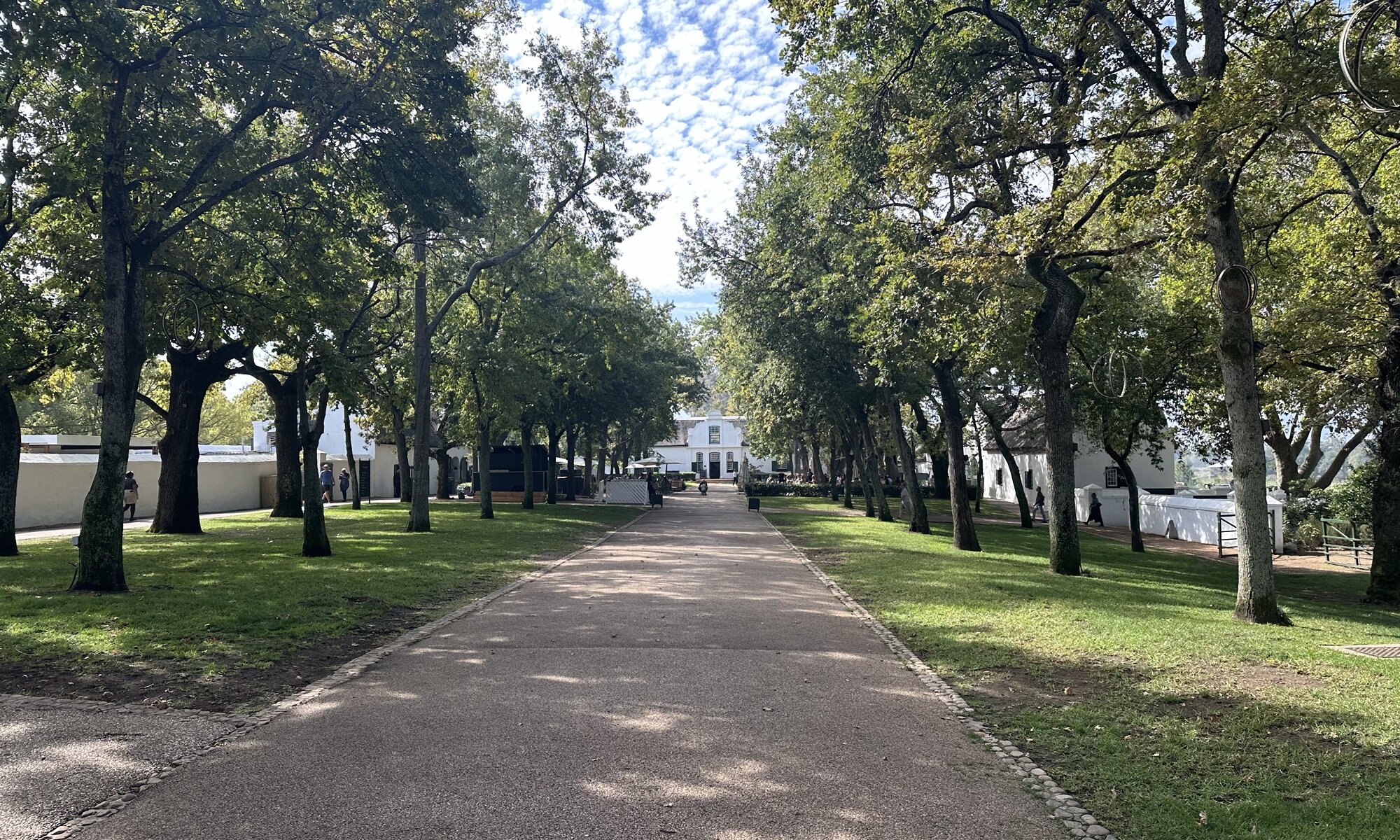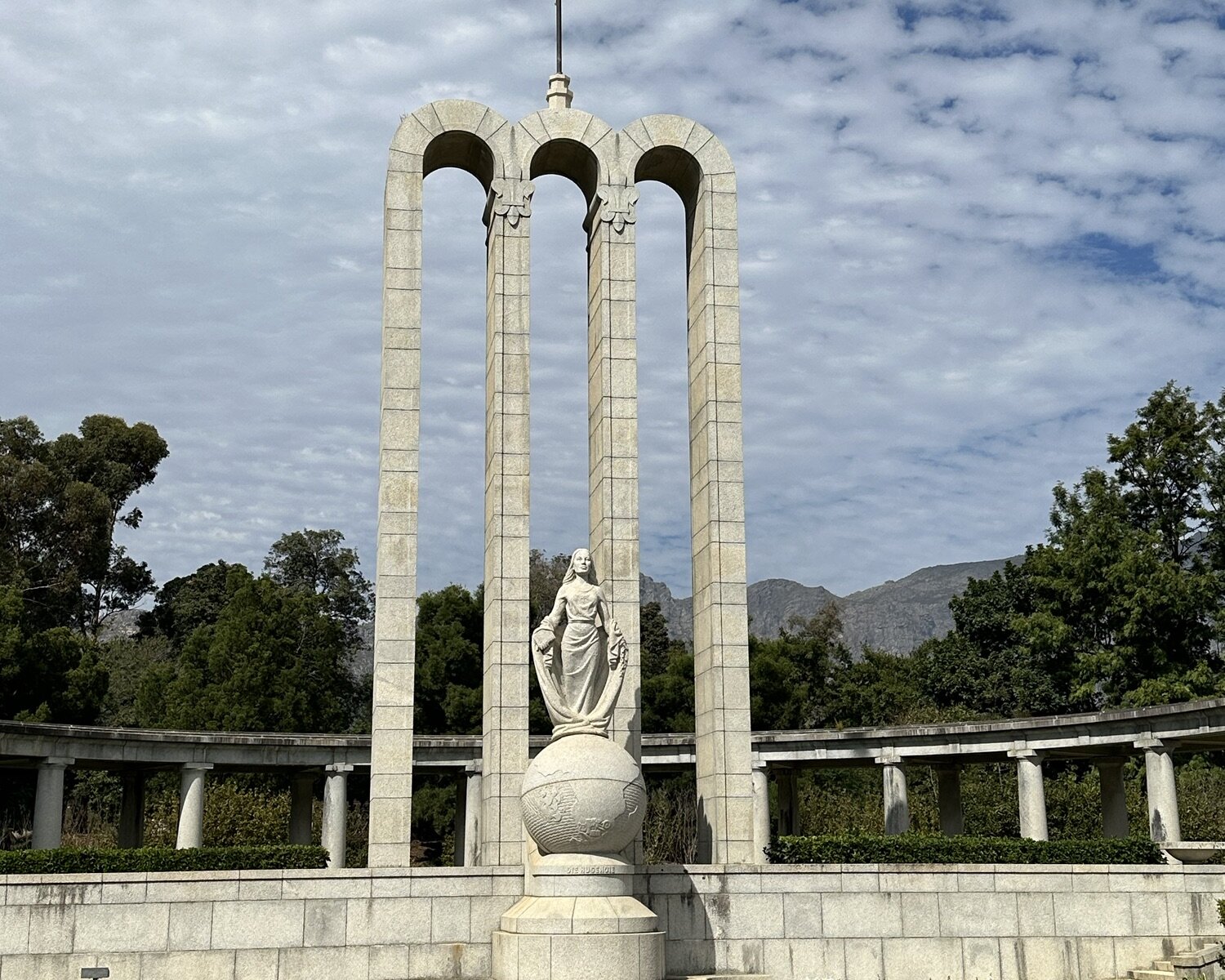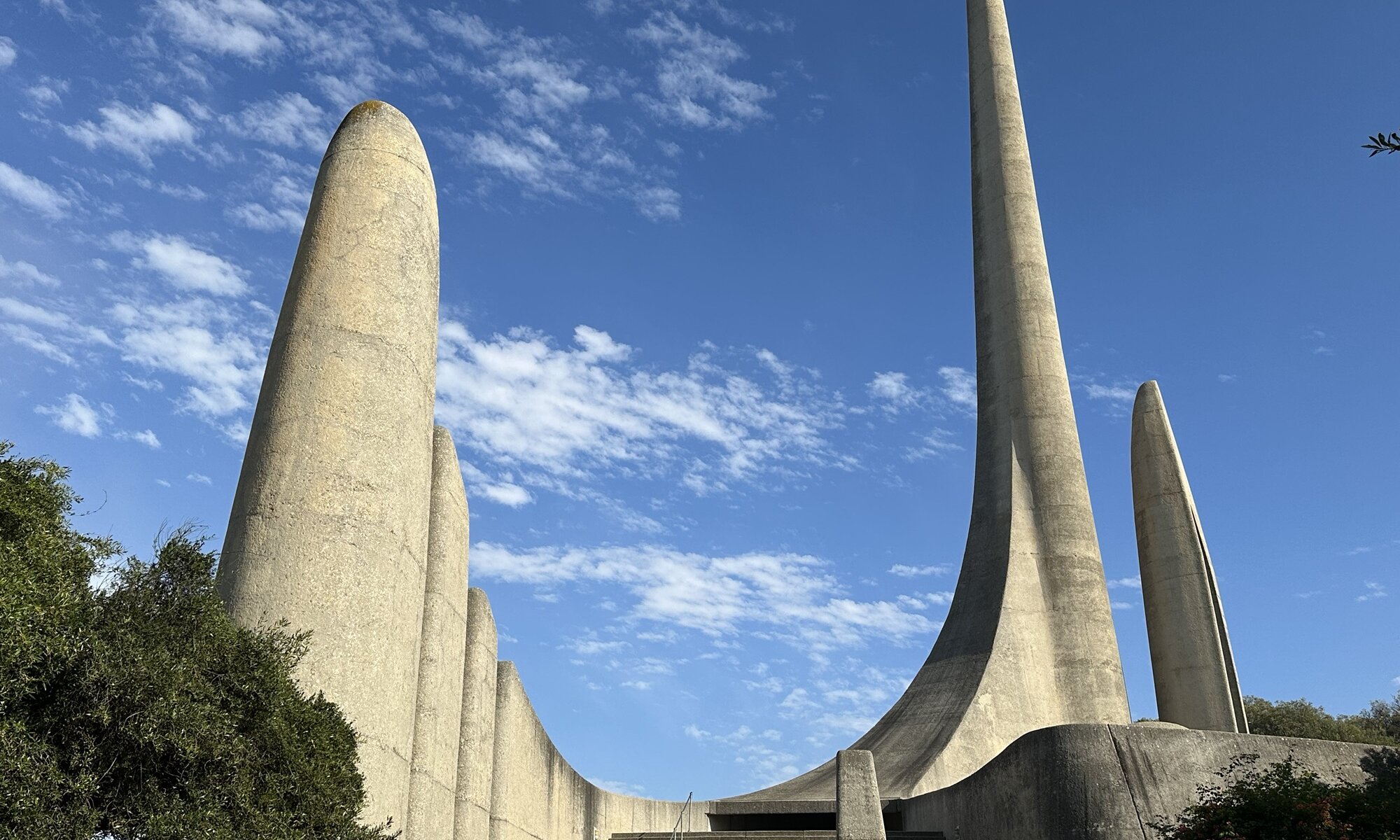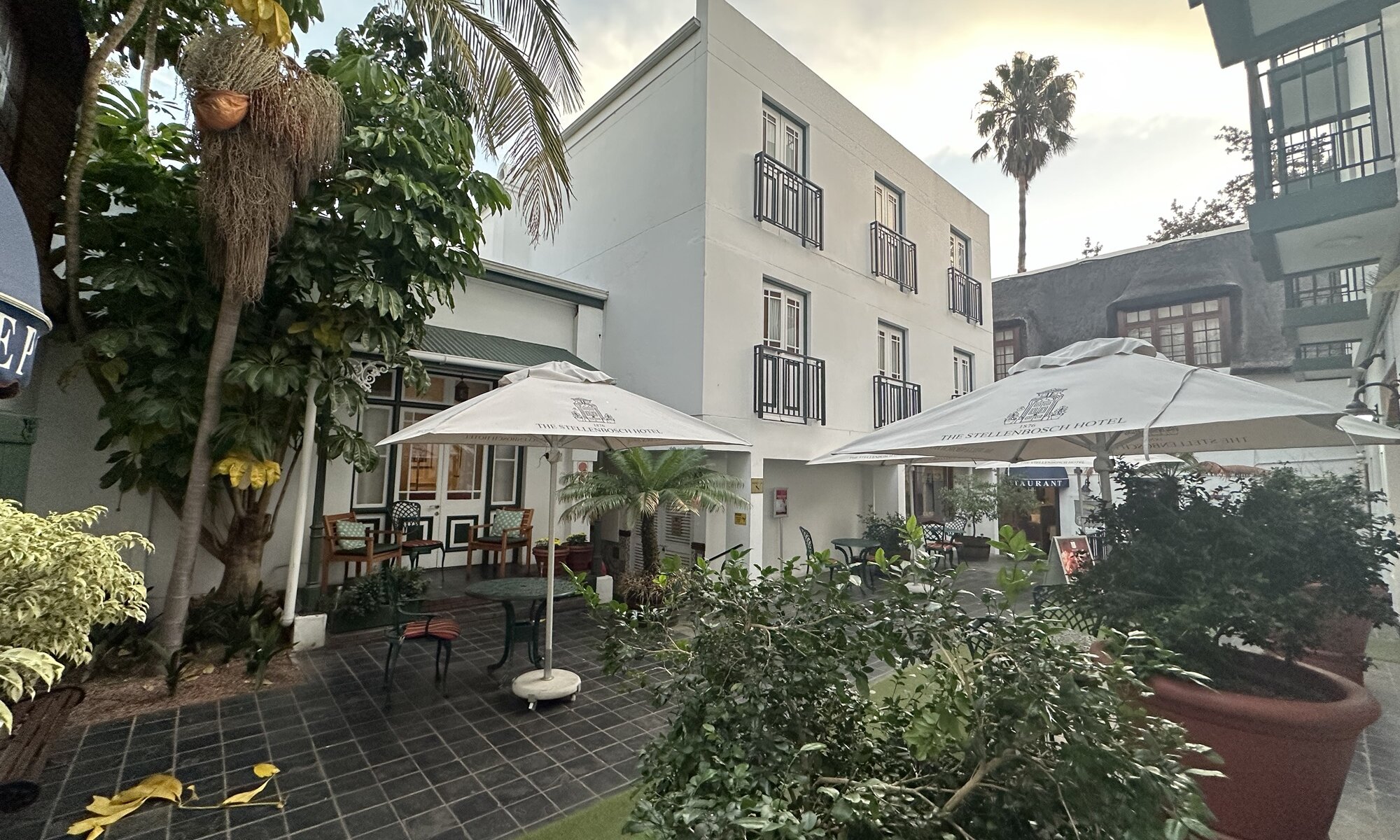The Swartberg pass near Oudtshoorn is the most absurd road I’ve ever taken. Stunning views, steep ascents, interesting rock formations and a tiny little bit dangerous. The still unpaved road was created from 1884 to 1888 by Thomas Bain or better said by 200 convicts. It connects the small and the large karoo; the peak of the Swartberg is 1585 meters high. Road conditions are poor but you don’t need to have a four-wheel drive – I did it with a manual-shift VW Polo.
Continue reading “Swartberg”Cango Caves
The Cango Caves, located just outside of Oudtshoorn in the Western Cape, are one of South Africa’s most famous natural wonders. These spectacular limestone caves, formed over millions of years, are renowned for their impressive stalactites and stalagmites, along with their vast, cavernous chambers. The caves stretch for over four kilometers and offer guided tours that explore different sections, with varying levels of difficulty and depth, providing visitors with the chance to see the incredible rock formations up close.
Continue reading “Cango Caves”Sunrise
Meerkats, small mongoose species native to the southern regions of Africa, are known for their highly social and cooperative behavior, living in large family groups called mobs or clans. These groups can range from a few individuals to over 30, with complex social structures and roles within the group. Meerkats are highly dependent on each other for survival, and they exhibit remarkable cooperation, particularly when it comes to protecting their young and foraging for food.
Continue reading “Sunrise”Zeekoe
A bit outside of Oudtshoorn you can find the De Zeekoe Guest Farm, a lovely guest house on farm grounds. It is one of these places I enjoy very much with well-designed rooms, balconies to look out on the surrounding landscape and a nice restaurant and bar. What makes them special is on the one hand that they’re trying to hire locals and use local produce wherever possible.
Continue reading “Zeekoe”Bontebok
The Bontebok National Park can be found near Swellendam and offers a wonderful, relaxed and immersive experience for nature lovers with its self-drive game routes. The park is home to a diverse range of wildlife, including the iconic bontebok, a species of antelope once on the brink of extinction, and now thriving within the park’s protected boundaries. The self-drive game route allows visitors to explore the park at their own pace, offering opportunities to observe wildlife in their natural habitat, such as springbok, zebra, turtles, giant spiders and various bird species, including the blue crane and black harrier.
Continue reading “Bontebok”Bobotie
Bobotie is a beloved South African dish that blends the culinary influences of the Cape Malay community, combining spiced minced meat, usually beef or lamb, with a rich egg-based topping. Often flavored with turmeric, curry powder, dried fruits, and a touch of vinegar, bobotie is traditionally served with yellow rice, chutney, and a side of sambal. This dish has deep roots in South African history, reflecting the diverse culinary heritage shaped by colonial influences and the fusion of various cultural flavors.
Continue reading “Bobotie”Boschendal
There are so many wine estates near Stellenbosch and Franschhoek. If you’ve got time you can take the Franschhoek Wine Tram and visit multiple ones without the need to drive on your own. If you can only visit one, try one of the oldest: Boschendal Wine Estate is located in the picturesque Franschhoek Valley of the Cape Winelands and is one of South Africa’s most renowned wine estates. Established in 1685, it has a rich history, initially founded by the French Huguenot Jean le Long. Today, Boschendal is celebrated for its exceptional wines, particularly its Chardonnay, Shiraz, and Cabernet Sauvignon, which reflect the estate’s commitment to sustainable and organic farming practices.
Continue reading “Boschendal”Eidgenossen
The Huguenots were French Protestants who fled France in the late 17th century due to severe religious persecution after the revocation of the Edict of Nantes in 1685, which had previously granted them religious freedom. Many sought refuge in Protestant countries across Europe, but a significant number were granted asylum in the Cape Colony by the Dutch East India Company in the late 1600s and early 1700s. They were welcomed to South Africa for their expertise in farming, viticulture, and craftsmanship, which was highly valued in the development of the colony. The arrival of the Huguenots significantly influenced the agricultural practices in the region, particularly in wine-making, establishing the Cape Winelands as one of the world’s foremost wine-producing areas. Their contributions have left a lasting imprint on South African culture, especially in the Afrikaans language, architecture, and food.
Continue reading “Eidgenossen”Afrikaans
Afrikaans is one of South Africa’s official languages, widely spoken as a first language by millions, primarily in the Western Cape and Northern Cape, and also used in various other parts of the country. It evolved from Dutch in the 17. century, influenced by Malay, Portuguese, and various African languages, and was historically used as the language of instruction in schools and government. Today, it holds cultural significance, especially in literature, music, and media, reflecting South Africa’s rich diversity.
Continue reading “Afrikaans”The Stellenbosch Hotel
Sleeping at the Stellenbosch Hotel means being at the center of action as it is located on Andringa street of Stellenbosch which is filled with good bars and restaurants. On evenings everybody in the small city seems to gather in this street to unwind by having a good glass of wine. The hotel itself has a long-standing history and what I liked about it very much is that you’re directly at the city center but the hotel is an inner courtyard that gives you the chance for some quiet time as well.
Continue reading “The Stellenbosch Hotel”